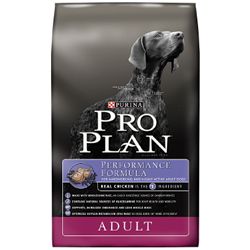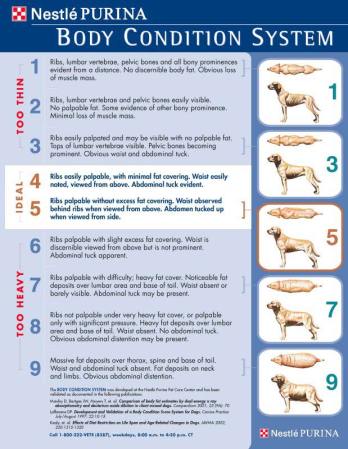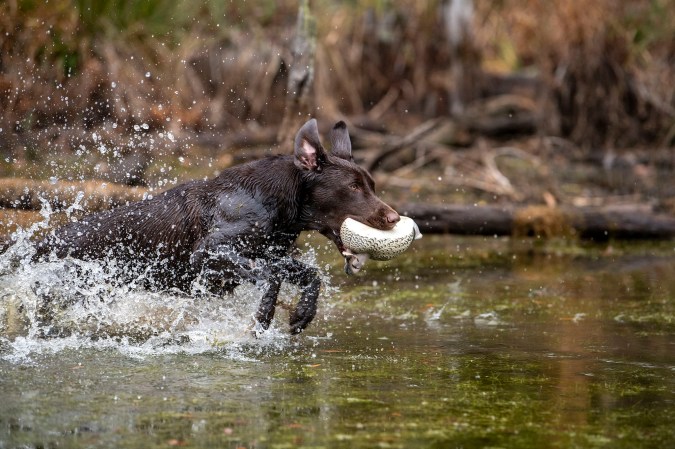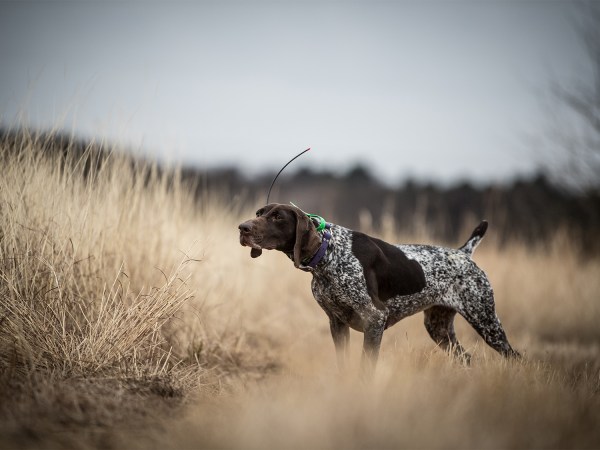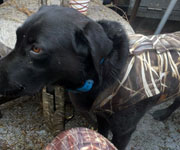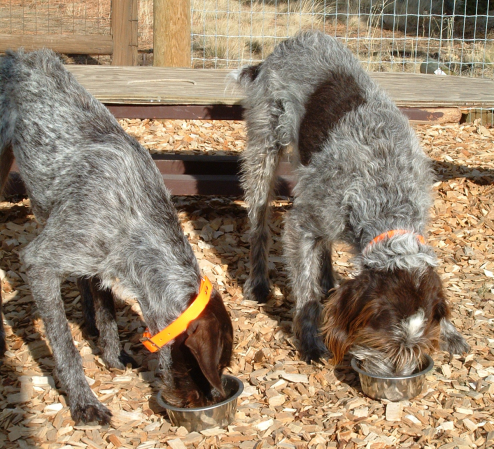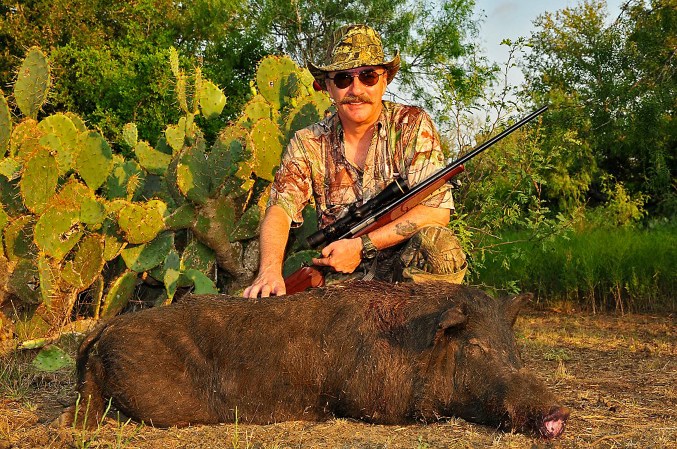We often take picking up a bag of feed for granted, assuming that all the proper ingredients are included. And for the most part, they probably are. However, I recently had the good fortune to visit the Nestle Purina Petcare Company Product Technology Center and let me tell you, it was nothing short of phenomenal!
After touring the Purina facility and sitting through nearly seven hours of presentations, I KNOW the proper ingredients are found in those bags with a “Purina” label on them.
Or, rather, as was stated during a presentation: “Optimal nutrition is achieved through consuming food that provides a proper balance of all appropriate nutrients.”
The presentation on optimal nutrition then went into the science of digestion, endurance and the working dog: mitochondria in the muscle fibers, high-fat/protein diets vs diets high in carbohydrates and the production of energy in canines. I could recount the entire presentation, but undoubtedly I’d screw something up (I was just an average biology student…).
However, the bottom line for those of us with working dogs came down to this:
1. Feeding a high-quality diet with high protein/high fat will metabolically “prime” our dogs to use these fuels during exercise (that’s good!).
2. Switching to a maintenance diet delivers higher levels of carbohydrates. Therefore, it promotes the reduction of metabolic capacity to utilize fats, and thus reduce endurance (that’s bad!).
In effect, feeding a maintenance formula dog food during the offseason is equivalent to de-training your dog!
What this means to you is: Don’t switch your dog off performance formula feed after hunting or trial/test season.
Not only does switching them off a performance formula reduce their endurance (as well as the physiological byproducts of endurance, such as sensory perception, body condition, alertness, etc), it’s also a fairly long process that must take place inside the dog.
When you switch foods, it takes your dog 2 to 3 months to adapt to it and reach peak efficiency on it. That’s up to 3 months when switching to maintenance and then another 3 months when switching back to performance. That’s 6 months to change back and forth. Do both yourself and your dog’s digestive track and physiological stability a favor: Keep your working dog on a performance diet year round!
Other tips that were given to achieve optimal endurance in your working dog include:
Feed your dog once daily, with the amount based on its activity level.
When your dog is working, time his feeding at least 12 to 24 hours before he has to work. And, conversely, feed him 30 to 60 minutes after exercise.
Why only once a day? I asked the same question. The answer is:
It takes 22-24 hours for food to travel through a dog’s GI system. Dogs with an empty colon have twice the endurance of dogs fed four hours before exercise.
So skip Fido’s breakfast when heading afield and feed him that evening.
There are a ton of other tips and research the Purina folks shared, and that I’ll pass on to you in future blogs. As of right now though, I can tell you that I switched my Lab off his twice-a-day maintenance diet (of another brand) and onto a Purina Pro Plan performance formula fed once a day. He seems to be doing just as well, and it’s good to know that come the coldest days of duck season his body will be working at peak performance.
Got questions about a blog? Got an idea for a blog post? Want to see something on the blog? Do you have canine concerns, tips, photos or legislative news to share? If you don’t want to post in the comments section, shoot me an email: oldogblog@yahoo.com.

